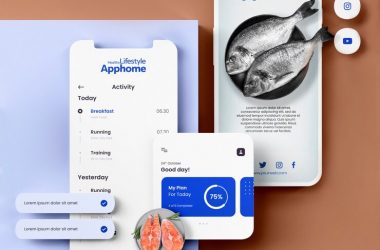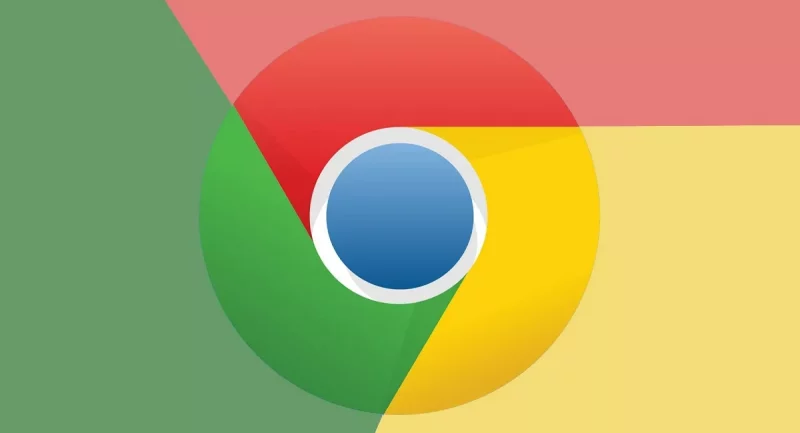Learn how to create Chrome extensions from scratch! This detailed guide explains everything from setup to monetisation for fun and profit.
If you have ever used a tool in your browser to block ads, save articles for later, or translate text instantly, you have already interacted with a Chrome extension. These small programs supercharge Google Chrome. But did you know you can build your own? You do not need to be a programming wizard to start, so let’s break it down from the basics.
Why Should You Care?
Picture Chrome as a blank canvas. It is functional, sure, but it is generic. Extensions are like adding custom tools to your digital art kit. They are tiny software programs that enhance Chrome’s abilities, tailored to whatever you want or need.
For example:
- Want to manage your passwords securely? Use an extension like LastPass.
- Tired of being bombarded by ads? AdBlock can clean up your browsing experience.
- Need help focusing? StayFocusd limits the time you spend on distracting websites.
In short, extensions turn Chrome from a simple browser into a powerful multitasking machine.
Why Build Your Extension?
Here are the main reasons:
- Solve Problems You Face Every Day. Have you had a button that could automatically organise your chaotic tabs or a shortcut to calculate a discount while shopping quickly? Building an extension lets you create exactly what you need.
- Learn Valuable Skills. Creating an extension teaches you practical coding skills. Even if you are new to programming, building a simple extension can be a fun way to learn the basics.
- Earn Money. Some Chrome extensions make their creators serious income. Whether through ads, premium features, or partnerships, a well-designed tool can be fun and profitable.
- Be Creative. Imagine having an idea and bringing it to life, whether a game, a productivity tool, or something entirely out of the box. The creative possibilities are endless.
How Do Chrome Extensions Work?
Let’s compare an extension to a personal assistant. You hire this assistant to help with specific tasks. However, before they can help, you need to give them instructions and access to certain resources. Chrome extensions work in a similar way:
- Manifest File. It is the assistant’s “job description.” It defines what the extension does and what resources it can access.
- HTML, CSS, and JavaScript. These are the tools your assistant uses to perform their tasks. HTML builds the workspace (like a desk), CSS makes it look nice, and JavaScript handles the work (like typing a letter).
- Permissions. Just like you would give your assistant keys to your office but not your home, extensions require permissions to access certain features in Chrome.
Building Your First Chrome Extension
Follow this guide:
- Start Small. Think of a simple tool you would like to have. Small projects are the best way to learn.
- Gather Your Supplies. Create a folder for your project. Inside, you will need a manifest.json file to define the extension’s purpose and optional files for the interface (HTML and CSS) and functionality (JavaScript).
- Test Your Work. Go to chrome://extensions in Chrome, turn on Developer Mode, and load your extension folder. Voila! Your creation is live in your browser.
- Share It. If you want others to use your extension, publish it to the Chrome Web Store.
Here are a few examples to spark your imagination:
- Tab Wrangler: Closes inactive tabs automatically to keep your browser tidy.
- ColorZilla: Lets designers grab the exact colour code from any part of a webpage.
- Forest: Encourages productivity by growing a virtual tree that withers if you visit distracting websites.
How Do You Turn Your Hobby Into Profit?
Here are some common strategies:
- Offer a Free Version with Premium Features. For example, Grammarly offers free grammar checks but charges for advanced writing insights.
- Sell Subscriptions or One-Time Purchases. Users can pay for access to unique features or advanced tools.
- Include Non-Intrusive Ads. While ads can be annoying if overused, a subtle approach can generate revenue without ruining the user experience.
- Collaborate. Businesses might pay to integrate their services into your extension or sponsor it.
Building Chrome extensions is like playing with LEGO. You start with a basic idea, add pieces one by one, and eventually create something amazing. The journey of creating extensions is as rewarding as the result. Who knows? Your idea may become the next must-have browser tool.









